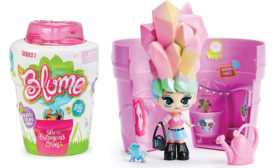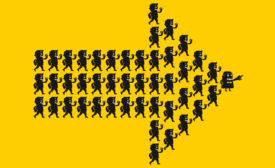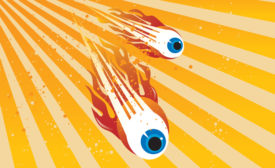Articles by Ted Mininni
Brand Packaging: Toy Packaging
Best-Selling Brands Offer Consumers Power to Explore Creative Individuality
Beyond Cults + Tribes
May 21, 2018
When to Ditch an Old Design
Should you merge that classic package design with the modern? Or should you break new ground?
August 28, 2017
Packaging Imperfections Can Increase Consumer Interest
Showing the imperfect side of a product in its packaging can create an added sense of authenticity.
July 10, 2017
Making Brands Come Alive
The challenge is to develop consumer packaging that will evoke and extend live experiences.
February 15, 2017
Culture at the Core of Design
Brands with a meaningful connection to consumers promote an ideology that’s both distinctive and shared.
September 1, 2016
Packaging Is the Only Marketing Tool You Need
Packaging is your brand's best link to the customer, and it will sell your brand if you make it compelling.
July 6, 2016
Licensed Packaging: Tap into Consumer Emotions
Accentuating the Human Aspects of the Brand
February 3, 2016
Keep the info flowing with our eNewsletters!
Get the latest industry updates tailored your way.
JOIN TODAY!Copyright ©2025. All Rights Reserved BNP Media.
Design, CMS, Hosting & Web Development :: ePublishing










